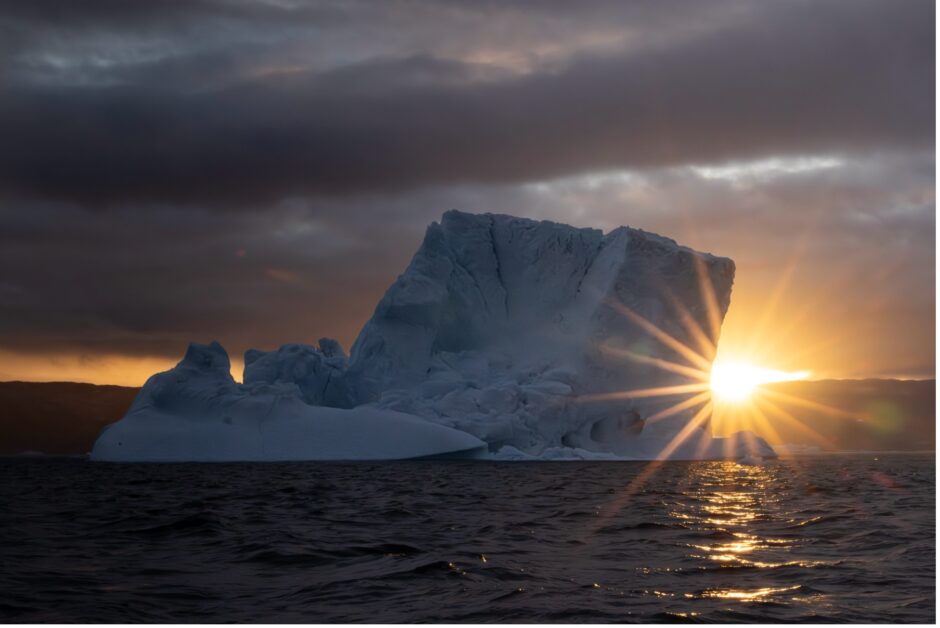
What’s in the Camera Bag – Greenland Adventure
Greenland is a real deal wilderness in every sense of the word. And you know what usually comes with the grand wildernesses of planet earth? Extraordinary photo opportunities! Greenland is teeming with natural and wild beauty and I was amazed at how many photos I took on a “landscape” focused photo trip—far more than even some wildlife photography trips.
If you are headed to this arctic photo paradise, be prepared to be awe-struck, but be sure to be prepared with the right gear. Some of the lens choices may surprise you for such a landscape and travel photography heavy destination!
Please note, photographic styles vary, as do conditions on the ground. While this is meant to be a guide for choosing your camera gear, you should consider your own photographic interests first and foremost.
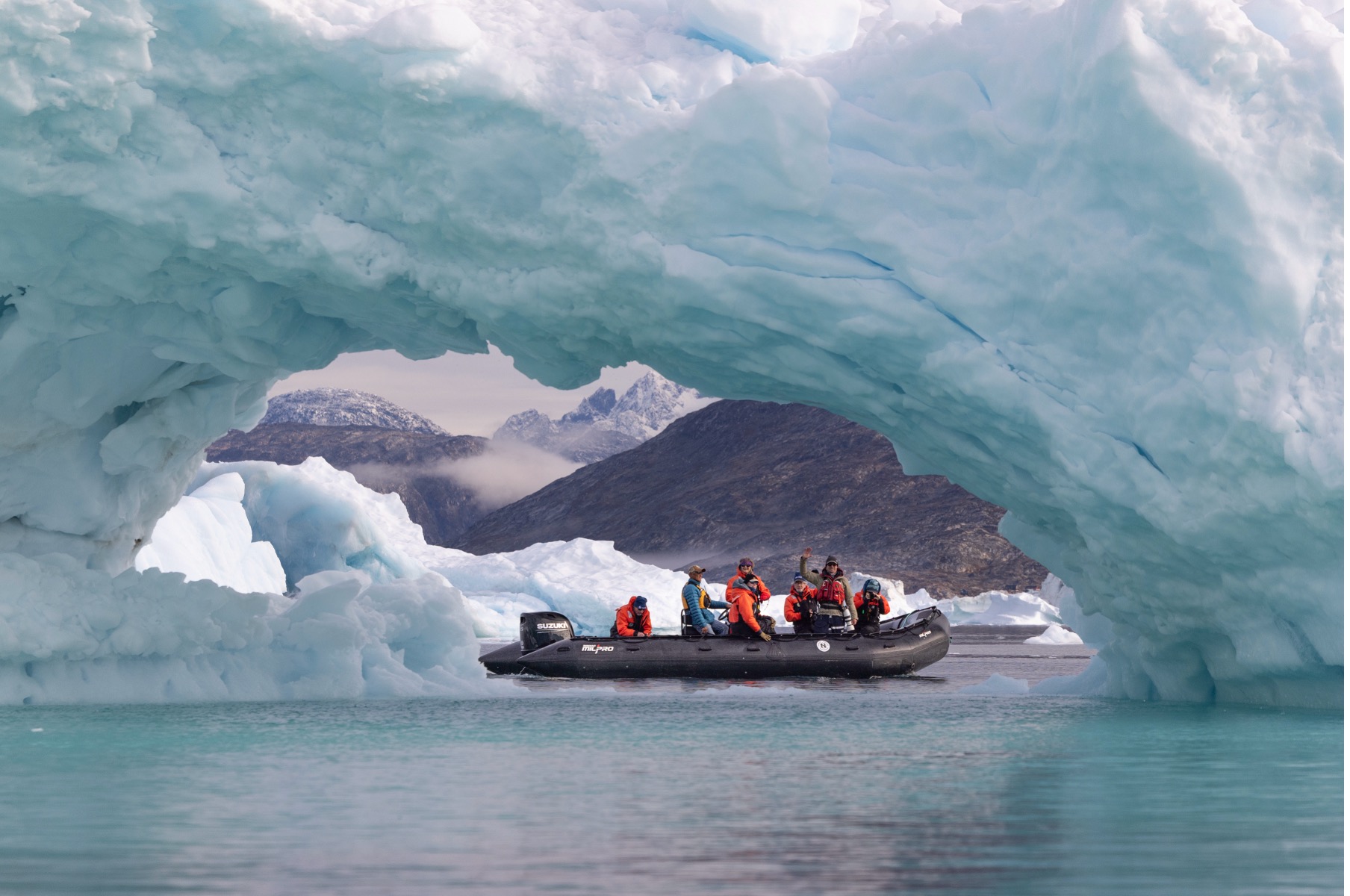
Ultra-Wide Angle vs. Wide-Angle
It’s understandable that when most people think of big, sprawling landscapes, they think of their ultra-wide angle lens. While there are indeed great ultra-wide angle photo opportunities on a Greenland photo expedition, I find that the bigger the scenery, the more I actually gravitate to the wide-angle or medium telephoto range. Having some ‘zoom’ or telephoto power does wonders for zeroing in on parts of these big scenes so that the viewer doesn’t get lost in the enormity of the landscape, which usually translates to each individual feature being quite small.
In big landscapes, I want the photos to capture the grandeur and size and I find that something in the 25-105mm range is best.
This being said, Greenland is also a great place to hope for the northern lights. As with all islands, the chances of clouds forming due to the difference in sea temperatures vs. land temperatures is a real consideration, but on an multi-day trip like the one I was on last year, there is also a real chance of getting aurora. (although you must also consider time of year, as anything prior to Aug 15 just has too much daylight to expect the dark skies necessary for lady aurora to appear).
The point here is that something like a 16-35mm or 14-24mm is a nice to have for the majority of the trip—not critical, but if you have room, they can be fun. But more importantly, if you are indeed headed to Greenland for multiple days and you are going in the middle or latter part of August and beyond, an ultra-wide can be quite nice for this one specific thing—photographing aurora.
For the rest of the time, my trusty 24-105mm is my go-to (or 18-55mm if you are shooting on a crop frame sensor).
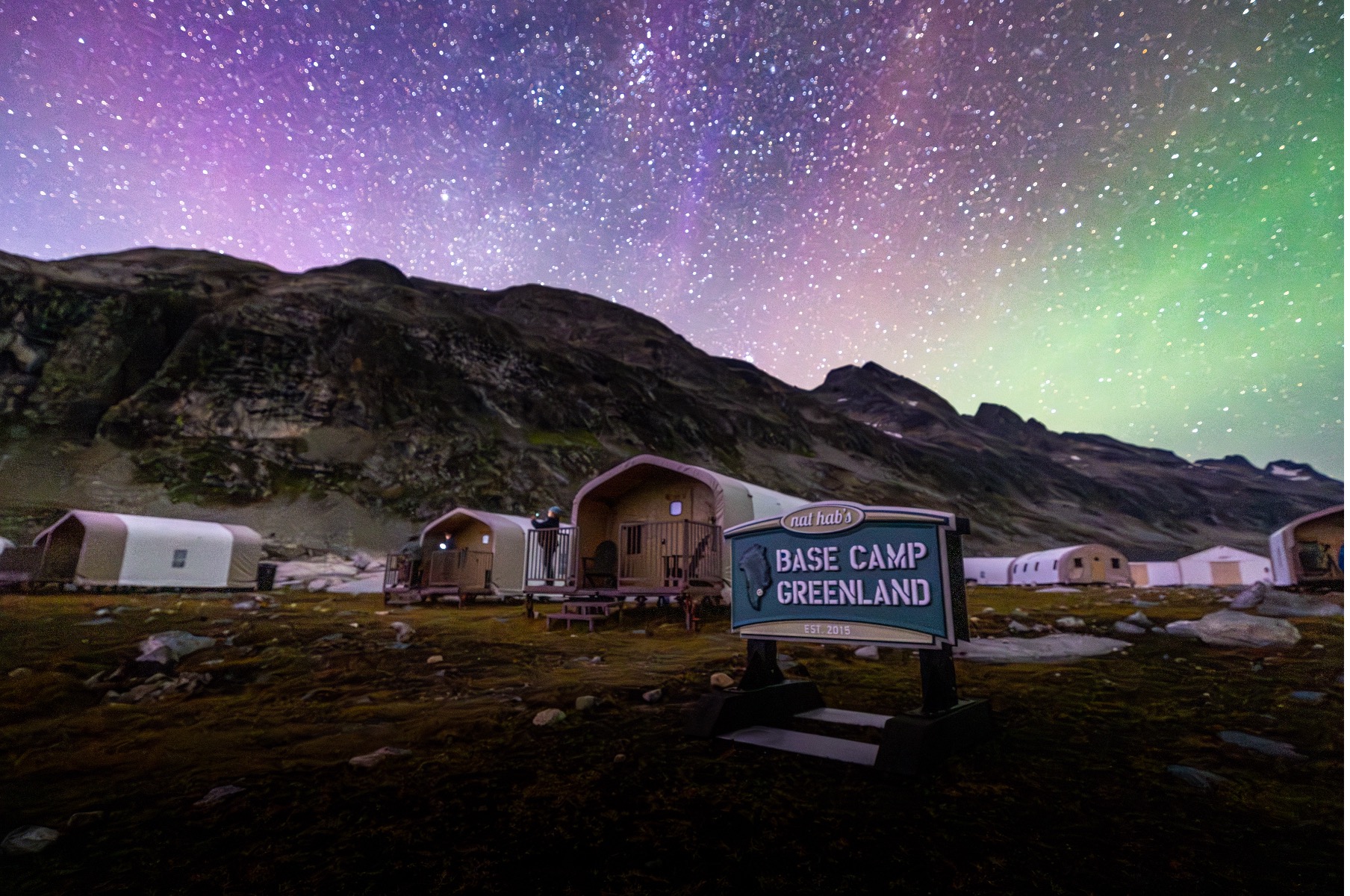
Medium Telephoto Zoom
This is another favorite lens of mine for Greenland and other landscape heavy destinations. Here I’m talking about your 70-200mm or 55-250mm lenses. They’re not quite wildlife lenses, and they’re not especially wide, but these medium telephoto zooms hit a sweet spot for compressing landscapes and helping to break big scenes into digestible, powerful components.
While all photographic styles differ (photography is art, after all!), I find that this class of lens is extraordinarily versatile. There are many times you may see a distant mountain peak, iceberg, or sunset, and want to fill the frame with it. Or, if not filling the frame, at least zooming in to help really showcase the key elements of the scene.

Simply put, telephoto lenses help make things look bigger, and they are superb ways to showcase the grandeur of Greenland.
A 70-200mm f/2.8 makes it in my bag each and every time.
Super Telephotos
Here’s the big question—should you bring something in the 100-400mm, 200-500mm, or 150-600mm category? Well, maybe…
If you do not have the medium telephoto class of lenses (70-200mm or similar, in the above section) then I would indeed recommend bringing one of these. I believe that you really need to have something in 100-300mm range, and most wide angle lenses fall just a tad short, like the 24-105mm I spoke of initially.
However, these lenses provide even more telephoto and more zoom range, so in a way, they could be viewed as superior to the medium telephotos. Again, telephotos make things that are distant look close, and things that are big look even bigger. These two qualities are excellent for taking your vision and your photography to the next level.
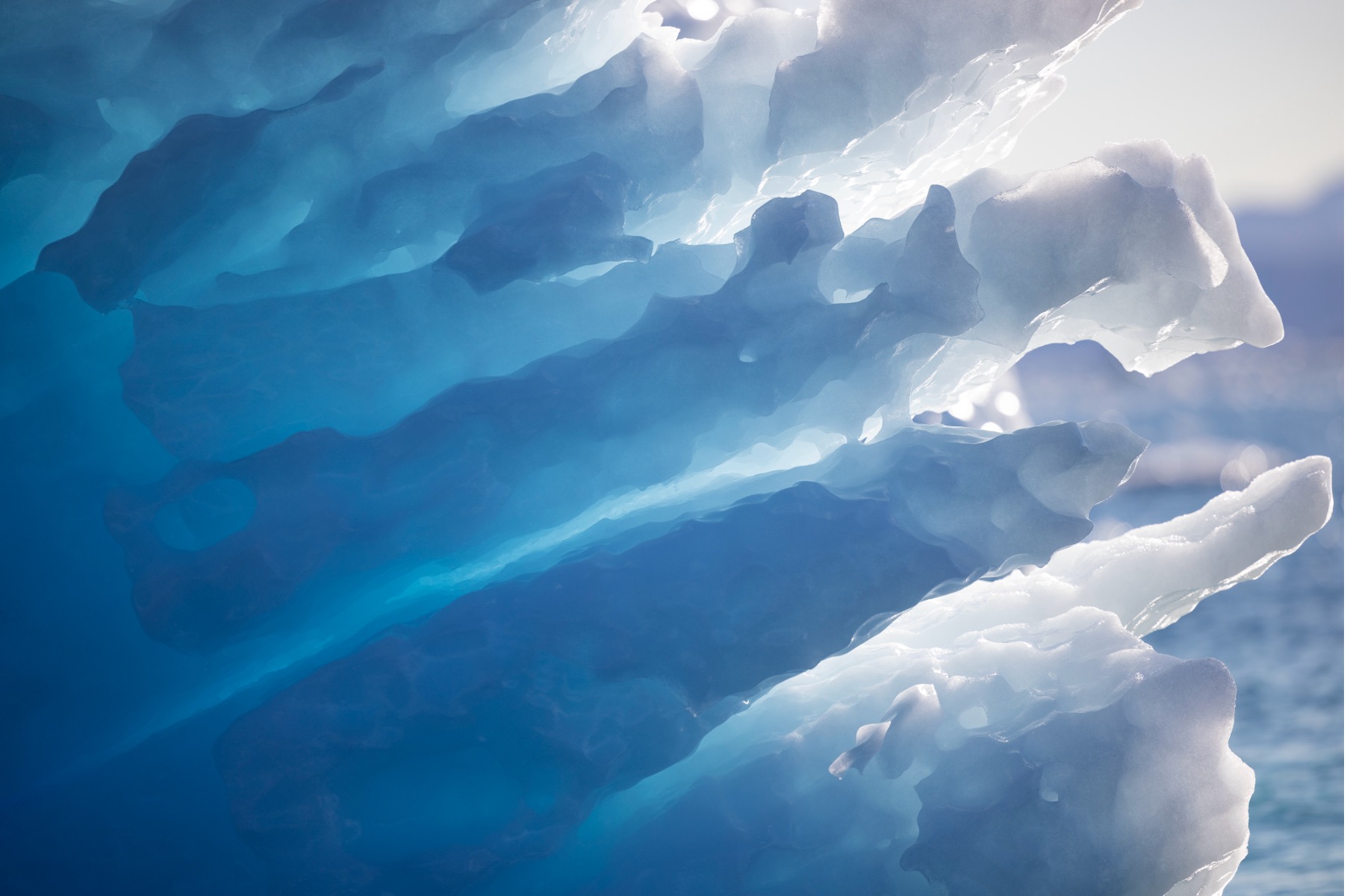
In addition, having the extra telephoto power can give you incredible leeway to compose your shots differently and even see shots you may not have otherwise because of the magnification.
In the above photo, I was able to shoot at 400mm and really zoom in on the edges of a single iceberg that was floating away from us. While I could have shot with a 70-200mm and cropped it, the extra telephoto I had in my bag was clutch.
At the end of the day, you could get away without this lens, but it adds a wonderful amount of versatility to your camera kit and if you have the space for it, you’ll use it. And if you use it, you’ll get more photos and even more interesting photos.
X-factor Lenses
These are lenses that you don’t have to have but are really nice if you have the space and weight to bring them.
I’ve already covered what could be considered two x-factor lenses…the ultra-wide and super telephoto classes of lenses. Neither are critical, but could give you the shots of the trip.
I oftentimes bring a 50mm prime lens, as they offer extraordinarily big apertures in a small, inexpensive package (e.g., the 50mm f/1.8 is usually around $150 USD). However, I’ll be honest, I didn’t use this lens all that much on my Greenland expedition last year. I found that my 70-200mm did much of that shallow depth of field work for me, as I was photographing while in boats and hiking quite a bit, when the telephoto reach of the 70-200mm was the big thing I needed.
Tripod
This is one of those trips when I’d indeed recommend bringing a tripod. There are SO many great photo opportunities in low light, including sunrise, sunset, the blue hour, the golden hour, and nighttime (aurora).
The great thing is that you don’t need to tote these around during the daytime. Thus, you can keep it in your hotel room or camp to use specifically at these low light times of day, when you’re unlikely to be on the move. Thus, it’s a no-brainer to pack your trusted tripod for the abundance of exceptional landscape photography.
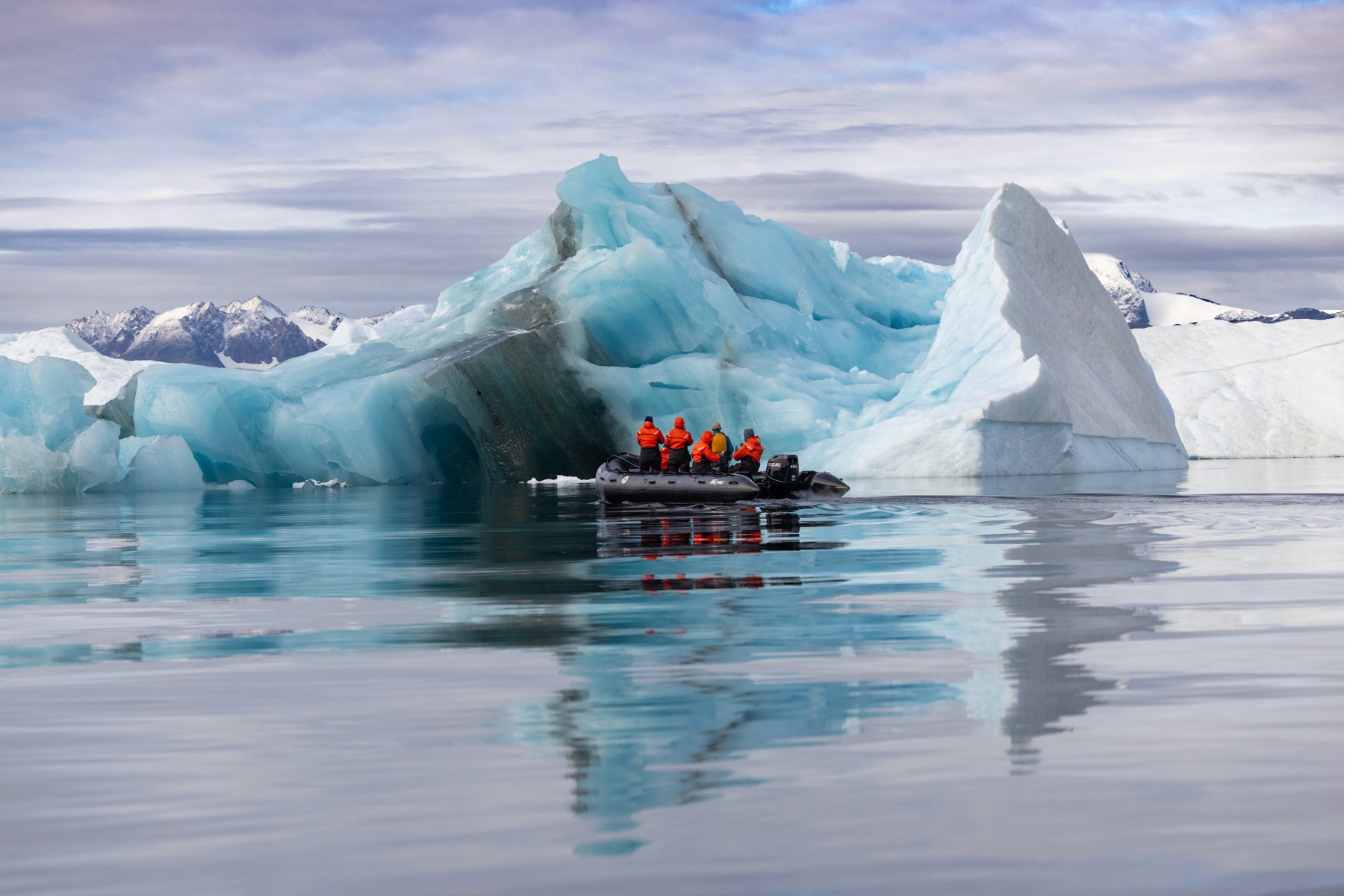
Other Accessories
Many of the activities in Greenland revolve around time on the water. Whether it’s a zodiac cruise around icebergs or simply boating from your hotel to a hiking trail, you’ll a) be in a lot of boats and b) probably want to have your camera at-the-ready for great photo ops. For this I recommend a good drybag capable of fitting your camera in. While a waterproof backpack is nice, the real trick here is to have something that allows easy access to your camera for spontaneous photos of perfectly lit icebergs, or sea life that pops up out of nowhere. Thus, just a standard drybag is fine.
People often ask if the cold of Greenland zaps batteries quickly. Not really, but that doesn’t mean that I don’t bring ample spares! I typically bring four batteries with me—one in the camera and three spares. I rarely, rarely have gone through four batteries in a day anywhere in the world but it gives me peace of mind and I’ve never regretted the backups.
And as you may have surmised from the first paragraph of this article, expect to take more photos than your average ‘landscape photography’ trip. There’s something about the ice, the mountains, the culture, and the overall vibe of this adventure that had me shooting constantly. Do bring extra memory, especially if shooting in raw. I shot nearly 600gb worth of cards, and yes, I’m a photo nut, but my guess is that I’m not alone in my passion.
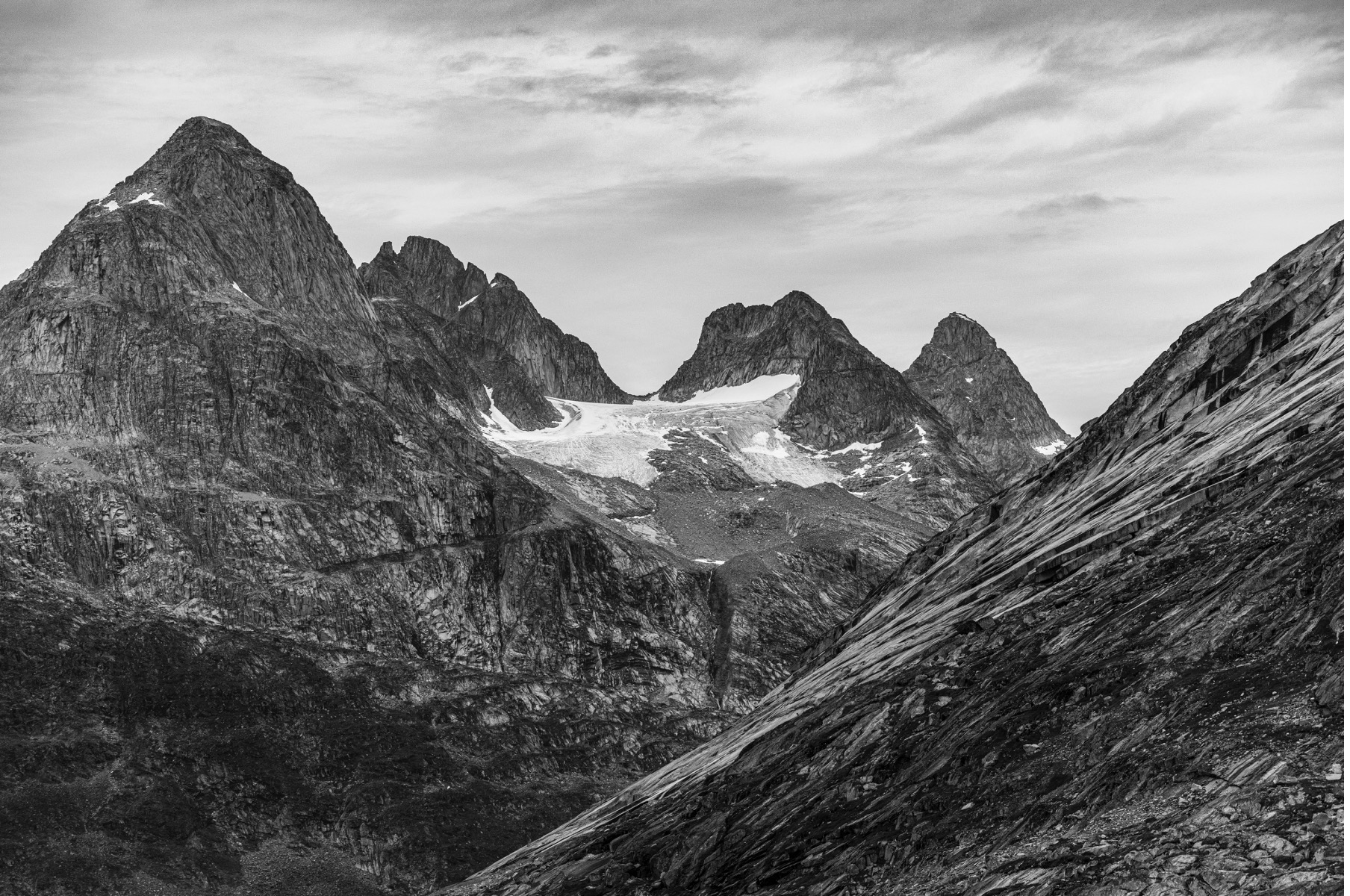
In Summary
A Greenland expedition is deceivingly photogenic. Whether it’s the intense variety of landscapes, or the unique travel photography throughout, or simply wanting to capture memories of such a trip of a lifetime, you’ll want to treat this just like other photo trips, where you bring ample gear. While you could get away with just two lenses, like a general wide angle and something with some moderate telephoto, I do encourage you to bring at least one x-factor lens, be it an ultra-wide or super telephoto, to add variety to your photos.
If you’re headed to Greenland I am so excited for you and know that you’re going to have a grand adventure. And hopefully with these tips you’ll have the photos to show for it, as well as some extraordinary memories of a real expedition!
Go forward and give it a shot,

Court
Leave a reply